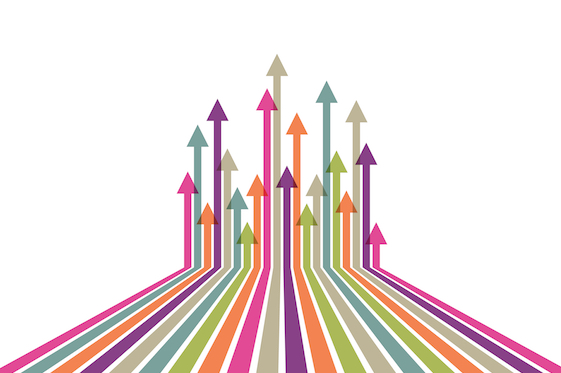Running a profitable hotel is difficult work, made harder when contending with unavoidable expenses. Turns out, those pesky costs are increasing globally and showing little sign of relenting.
Revenue is slowing and future modeling augurs similar. It still remains positive, but it’s getting gaunter by the quarter and making expenses even more pronounced. According to HotStats data, revenue in both Europe and the United States is up to slightly negative January to August 2019 versus the same period year over year (YOY).
In Europe, RevPAR is up 1.2% YOY, coupled with a 0.6% YOY rise in TRevPAR. In the U.S., RevPAR was slightly negative over the same period, down 0.2% YOY. Meanwhile, TRevPAR was up 0.9% YOY.

Contributed by David Eisen, HotStats
However, total expense is growing at a higher rate than total revenue. Considering that hoteliers budget for 2.5% or more of expense growth on an annual basis, if cost increases outpace revenue gains, it is a recipe for disaster.
Truth is, it’s getting more expensive to run a hotel and harder to turn a profit. In the U.S., total costs on a per-available-room basis are up 1.7% year-to-date August.
The largest expense driving the rise: labor. In the hotel industry, labor costs average roughly 50% or more of all total operating expenses and are difficult to contain, especially when unemployment, as it is in the U.S., is so low.
Total hotel labor costs on a per-available-room basis are up 2.5% YTD August and 3% in the rolling 12 months to August. Breaking it down, both rooms and F&B labor costs are up 2.5% in the period.
Meanwhile, total overhead costs on a per-available-room basis are up 2.7% to August. A&G costs, not easily contained through cost-reduction strategies because a portion is fixed, are up 4.6% YTD August. Sales and marketing, property and maintenance costs were up over 2% during that period. The only cost that is actually falling, to the commendation of hoteliers and hotel design, is utilities, down 1.7% YTD August.
In Europe, expenses are growing at a higher clip than they are in the U.S. Total costs on a per-available-room basis are up 2.1% year-to-date August, 0.5 percentage point higher than the U.S. over the same period.
Similar to the U.S., A&G costs are a thorn in European hoteliers’ sides, up 7.1% YTD August. Unlike the U.S., where utility costs have receded, in Europe, they are up 3.2% in the period. Other undistributed expenses also increased, including property and maintenance (up 2.0%) and sales and marketing (up 2.9%).
Taken in sum, increased costs coupled with slowing revenue is whittling down hotel profit. The numbers are evidence of that: In the U.S., YTD August GOPPAR is down 0.4% over the same period last year, while in Europe, the down drag is even more negative, at 2.1% YTD August.
In full-year 2018, GOPPAR in Europe and the U.S. was up 5.7% and 3.5% YOY, respectively.
The takeaway is that GOPPAR is on a downward trend. Consider, first, the U.S.: From October 2017 to October 2018, there was not one month of negative YOY GOPPAR growth. In 2019 alone, there have been four such months. In Europe, out of the eight months of 2019 to August, six showed negative YOY GOPPAR growth.
The writing on the wall is clear. The question is: What can hoteliers do to mitigate the damage? One way is through a strong benchmarking strategy that allows for performance measurement versus a peer set. Then, making subtle operational changes can have a large impact on a P&L – actions such as vetting supply chains on a quarterly rather than annual basis and rethinking daily housekeeping to drive down expense.
Recurring operational adjustment is a smart way to combat the revenue and expense gauntlet. Because inertia is not a dependable strategy.
